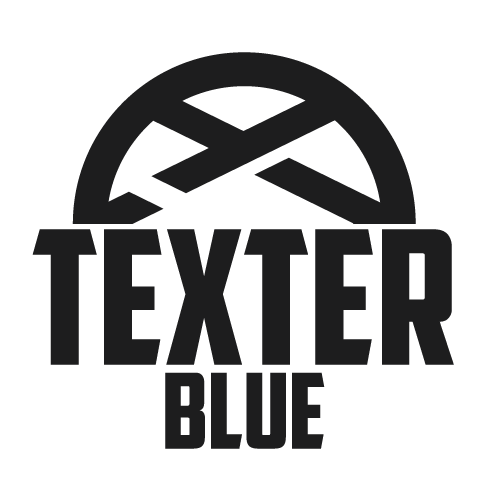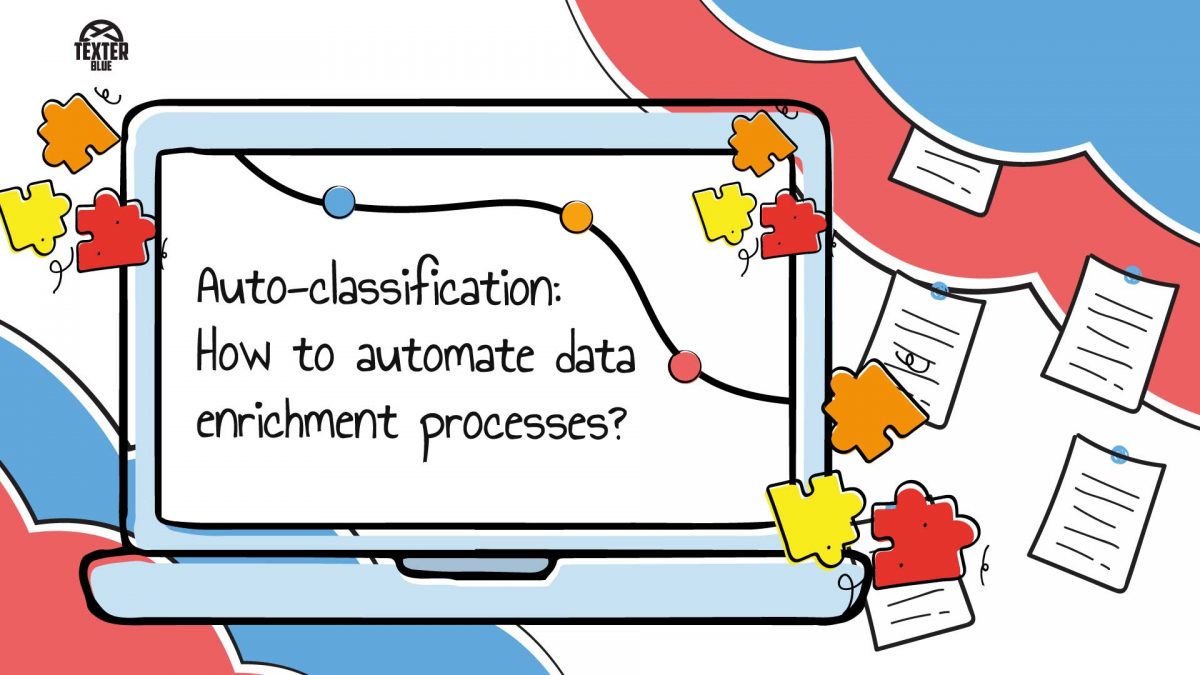Technology keeps evolving every day, and with the vast amounts of data and documents collected by companies, new and improved solutions need to be found to automate everything.
With AI and Machine Learning, many innovative solutions are appearing, improving the classification of documents, data recognition and enrichment (based on the content of the file) and search capabilities. Thus, optimizing companies’ workflows.
What is Auto-classification?
Today, it’s possible to use auto-classification models, based in AI and Machine Learning technology, to assigns contextual attributes to data, based on the content of the file, and trough the understanding of the content. Therefore, tagging and classifying that data and storing it where it belongs and managing permissions.
In other words, auto-classification is a method of scanning documents and assigning metadata or descriptive labels and keywords to them. Documents are stored in their proper places and available to be accessed and processed by who should have access to it, easing the content management process.
What type of metadata exist?
First things first… there are two types of metadata, File Metadata and Rich Metadata. File Metadata is what defines the attributes of the files themselves, such as:
- Date of creating
- Author
- File type
- File size
- Modification date
- Etc…
Rich Metadata is based on the contextual attributes of a document and its contents. Some examples are:
- Document category (Contract, invoice, health record, etc…)
- Keyword identification
- Expiration or destruction dates
How does Auto-classification work?
First, if a Machine Learning solution is deployed, it needs to be “taught”. This is done by defining rules to keywords and labels present in documents. There are three steps to implement auto-classification successfully:
- Developing your Taxonomy and Models
- Classifying the Documents
- Extracting relevant data (such as texts and terms to turn into tags)
Then, the process continues… by using the extracted information, and through its analysis and comprehension, documents can then be categorized and classified. The more documents processed, the better the entire process becomes, and if needed there is always the advantage of the user being able to rectify any rules or add any tags to improve and optimize the entire process.
TML: Texter Machine Learning – A whole new level of automatic extraction of information and data analysis.
Your content and data are the foundation upon which your business operates, and critical decisions are made. The adoption of AI enables us to develop a whole new level of automatic extraction, which optimizes efficiency, empowering new business opportunities and freeing critical human resources to specific value-added tasks.
- Process your data with different AI engines, integrating the results.
- Supports several data formats: images, video, text, etc.
- Generate new content and document versions based on AI results
- Store extracted information in metadata, enabling further processing and process automation.
- On cloud or on-premises – in case you don’t want data to leave your private infrastructure
- Compatible with several different ECM providers
- Ability to develop custom AI models to target your specific needs and data
Download here our TML: Texter Machine Learning (Datasheet) and contact us!
By submitting you confirm that you have read and agreed with our Privacy Policy.
Bottom of Form If you’re struggling with your digital transformation, remember… you are not alone in this… Texter Blue is here to help you providing the best results! Make sure you read our news and articles and contact us.

